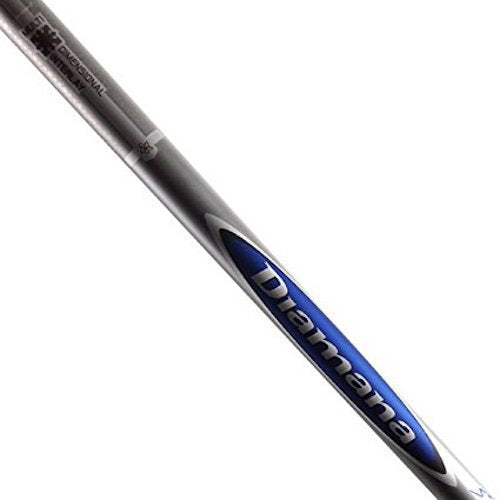


The JetSpeed felt a little more whippier than the SLDR due to the slightly lighter shaft but I wouldn't put anyone off either in the feel stakes. Both standard Fujikura Speeder 57 shaft installed in the SLDR and Matrix Velox T 49g shaft in the JetSpeed felt like they were contributing to faster clubhead speed and overall distance. Vice Golf PURE COLOR gloves ensure comfort and maximum control Feel:įeel is of course a preference but an important one when determining whether to purchase a club. You also get a 12-position adjustable sleeve in both SLDR and JetSpeed allowing you to increase or decrease loft by up to 1.5 degrees.

On top of that, instead of the R1′s two CG options, the SLDR offers 21 different CG locations that are mapped out on the driver’s sole between the driver’s heel and toe. I personally believe you can be much more precise with your tuning this time around as the SLDR generates more than double the influence on a driver's CG than the R1's moveable weights. The SLDR, more for the mid to low capper, features a weight mechanism that can sort out just about any flaw in the swing and it's also quicker and easier to adjust unlike the R1 before it. The sweetspot is 25% larger than the RBZ Stage 2 driver so this is perfect for the mid to high capper who struggles to make clean contact with their drives. JetSpeed is the first TaylorMade driver to take up the Speed Pocket and this promotes less spin, as well as greater ball speeds on shots struck below the centre of the clubface. Turning clubheads over, SLDR owns a 20g sliding weight towards the front of clubhead to move the club's centre CG low and forward. Alignment aids include a silver-button back on the SLDR and a unique decal on the JetSpeed. Both drivers are all about high launch, low spin, hence why it's important to loft up. JetSpeed features a slightly shallower clubhead than SLDR but both combine a low, forward centre of gravity. Aesthically both remind me of the TaylorMade 200 Steel I used to play as a kid. Summary & Looks:īoth drivers occupy modern, classic looking head shapes in pleasing charcoal grey and black crowns. Let's take a closer look at both SLDR and JetSpeed drivers. The SLDR family, featuring driver, fairways and hybrids, has been designed with the tinkerers in mind (as the R1, R11 and R11S were before it), while the JetSpeed family, featuring driver, fairways and hybrids, has been designed at a slightly lower price point with distance-craving players in mind (as RBZ Stage 2, RBZ and Burner were). The JetSpeed family of metalwoods is taking the mantle of the RBZ Stage 2 family, and so TaylorMade is once again continuing its two-family philosophy regarding woods. For the record, TaylorMade hasn't designed the JetSpeed driver to be anywhere near as adjustable as the recently released SLDR driver.


 0 kommentar(er)
0 kommentar(er)
